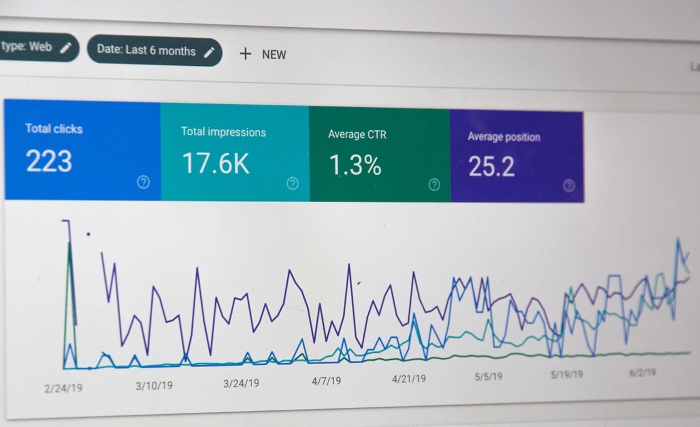Over the past 2 years, the Google algorithm has undergone global changes.
For some websites with medical, legal, or financial content, the algorithms caused huge spikes and traffic congestion, sometimes changing course after each update.
For other sites where traffic decreases because of algorithm updates, restoration can be extremely difficult. Unfortunately, in some cases, the site may never get the same levels of traffic.
What does Google say about recovering from core updates?
Google says you can’t do anything to restore basic updates. According to Google, there is no quick fix that allows sites to return everything to their previous positions. Google encourages webmasters not to mistakenly try to change something that does not cause problems.
Sometimes sites fail to recover at all. In other cases, the recovery is not visible until a subsequent update is deployed or even until several updates have passed.
Is E-A-T Problem Solving the only recovery path that seems to be successful?
After almost every update, experts in the CEO community begin to debate whether E-A-T issues (experience, credibility, and reliability) are the only factors affecting performance. However, E-A-T is not the only problem affecting sites. In addition, there is an opinion that E-A-T is not necessarily important for each site.
So, let’s take a look at a few strategies that websites can use to recover if they are affected by an update to the core Google algorithm.
7 Strategies to Recover from a Google Algorithm Update
1. Analyze who your authors are
One general recommendation is to ensure all authors have associated bios either with their byline in the article, on a dedicated author biography page. This recommendation will help you increase the visibility of your site regarding who your authors are. Despite, this is not an inherent ranking factor.
Many of the successful websites use expert reviewers, such as doctors or psychologists, to check the content and ensure its accuracy.
Following this strategy will improve your content, making it more accurate and therefore trustworthy. Although the use of expert reviewers is also not confirmed the ranking factor by Google.
2. Reduce the amount of aggressive ads to a minimum
After the 2012 update, Google has the right to devalue sites that use too many ads above the fold.
Make sure your ads don’t make it difficult to find the actual main content on the page! Also, be sure to pay attention to the proportions of advertising and content.
3. Reasons to trust
One of the main findings of our E-A-T study is that winning sites often show clear trust signals, such as the number of awards, certificates they receive, etc. You need to have some reasons on the site why people should trust you! Nowadays many difficulties encourage people to check each other, use a mobile phone tracker to monitor the safety of loved ones. Therefore, such a feature as “people’s trust” is very important for modern sites. Therefore, if you have won recent awards, show them on your website!
4. Improve content quality
It is no coincidence that most sites that support the highest level of quality content become winners of Google algorithm updates. The content should be thoroughly researched, impartial, well-edited and should contain links to reliable publications. Furthermore, make sure that these external links are used for SEO purposes, as this helps Google establish links between your content and the sites from which you receive information.
5. Avoid overly salesy language
It is important to avoid mixing information and advertising languages on the pages, providing recommendations and useful information.
Too much advertising can lead to the fact that the user ceases to trust the information provided on the site.
6. Resolve technical issues
Solving the E-A-T problem, improving the content quality and the user experience is critical to recovering from a decline in performance. However, do not forget that technical SEO cannot be ignored. All your efforts may be worthless if Google is having trouble crawling, indexing, or displaying your content.
Also, always check the messages in the Google search console to make sure that there are no manual actions on your site.
7. Remove low-quality content
Having a low-quality content can potentially reduce the overall quality of a domain. Consider removing subtle, duplicated, or automatically generated content from your site.
To summarize,
Do not focus on updates to the core algorithm. Traffic drop doesn`t mean that you have bad content, it means that the other page/site has higher quality and more relevant user requests. Google is only improving its algorithms to offer users more relevant and quality content. Good luck!








